Underground cities and hidden tunnels tell stories that surface structures cannot match. They hide centuries of secrets carved through necessity, ingenuity, or pure human determination beneath our feet.
From ancient civilizations seeking shelter to more modern engineering marvels, underground cities offer a glimpse into other chapters of human history. Ready to explore beneath the surface?
Let’s explore some of the world’s most fascinating underground spaces, which welcome curious visitors.
Derinkuyu Underground City – Cappadocia, Turkey

This ancient underground city could shelter 20,000 people across eight levels beneath the earth. Derinkuyu features everything a community would need to survive, including wells, ventilation shafts, communal rooms, and storage areas.
The city’s clever security system included massive stone doors that could seal off each level from the inside, protecting inhabitants during invasions. Visitors today can explore several levels of this engineering marvel, getting a real sense of how people lived beneath the ground nearly 3,000 years ago.
Cu Chi Tunnels – Ho Chi Minh City, Vietnam
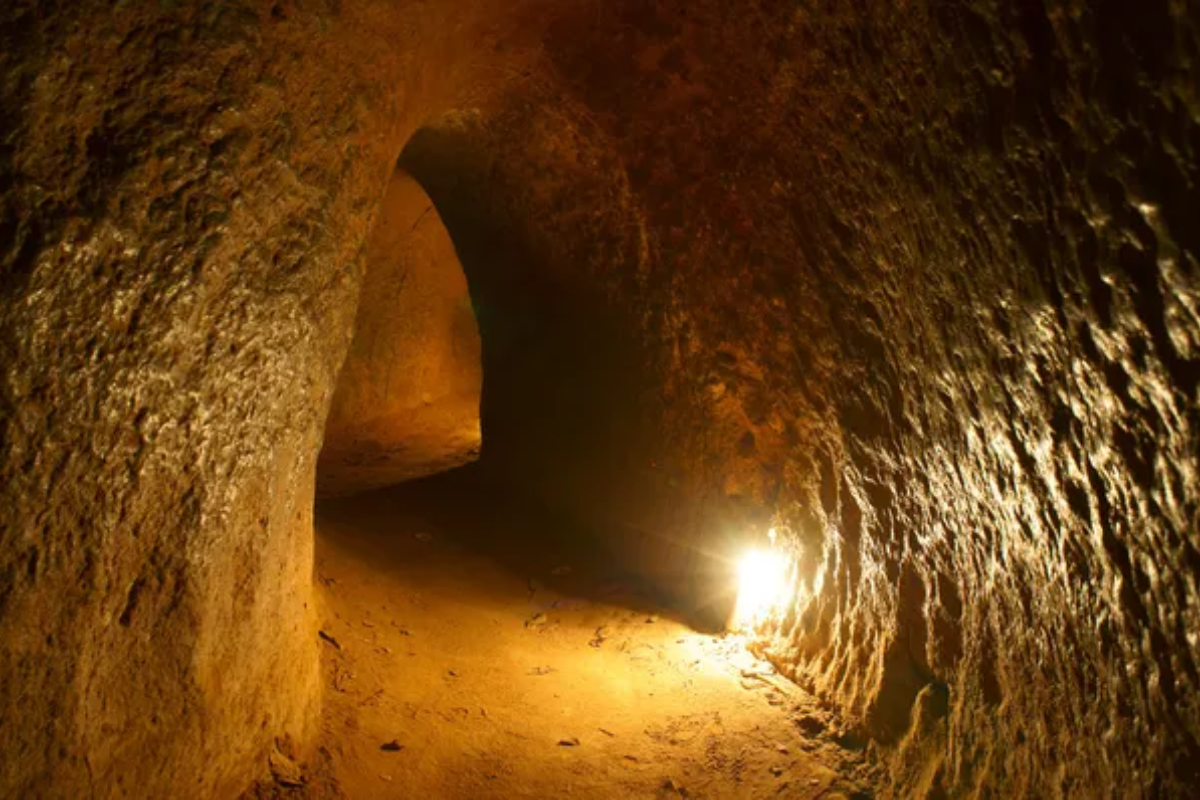
The Cu Chi Tunnels stretch over 120 miles and represent one of history’s most impressive underground networks. During wartime, these narrow passages served as living quarters, supply routes, and field hospitals.
Local guides show visitors how people managed to survive in these cramped spaces, demonstrating the incredibly small entrances and clever booby traps that protected them. The tunnels have been slightly widened for tourists, but they still offer an authentic glimpse into underground survival.
Like Travel Pug’s content? Follow us on MSN.
Paris Catacombs – Paris, France
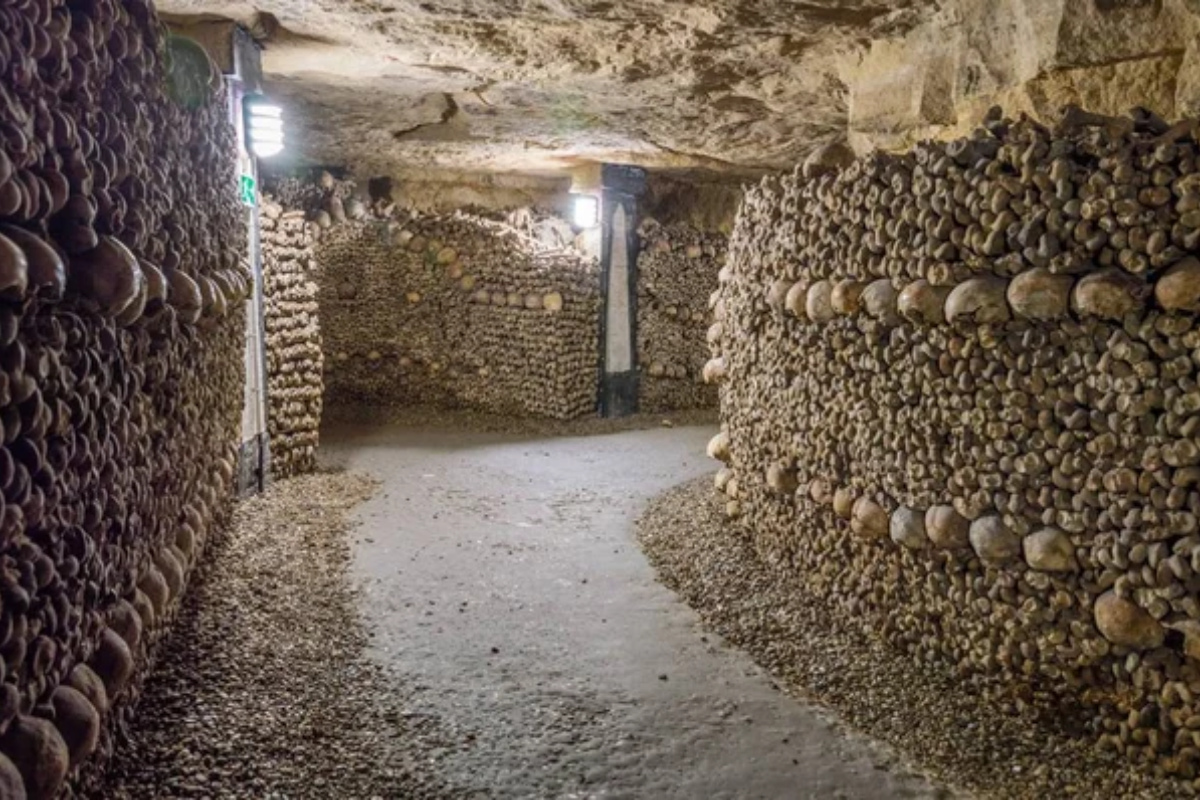
The City of Light has a darker side hiding beneath its elegant streets in a maze of tunnels lined with millions of human bones. These ancient limestone quarries were transformed into ossuaries in the 18th century when the city’s cemeteries became overcrowded.
Visitors can walk through two miles of these haunting galleries, where skulls and bones are arranged in elaborate patterns. The official tour shows just a fraction of the vast network, extending about 300 miles beneath Paris.
Coober Pedy – South Australia, Australia
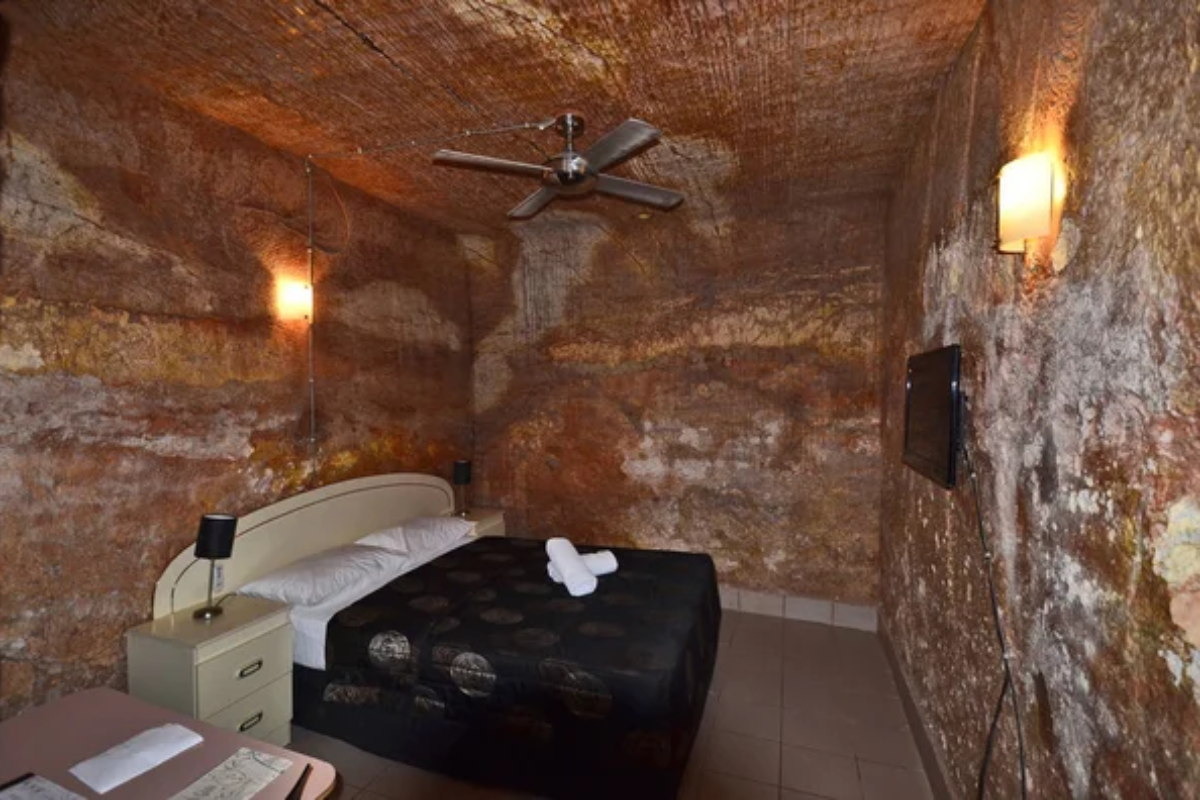
Living underground in this opal mining town isn’t just interesting – it’s necessary to escape the scorching desert heat. Most of the town’s 3,500 residents live in ‘dugouts,’ complete underground homes carved into the desert rock.
Underground hotels, churches, and even a bookstore offer visitors a chance to experience subterranean living firsthand. The town’s unique lifestyle has earned it the nickname ‘the underground capital of the world.’
Seattle Underground – Washington, United States
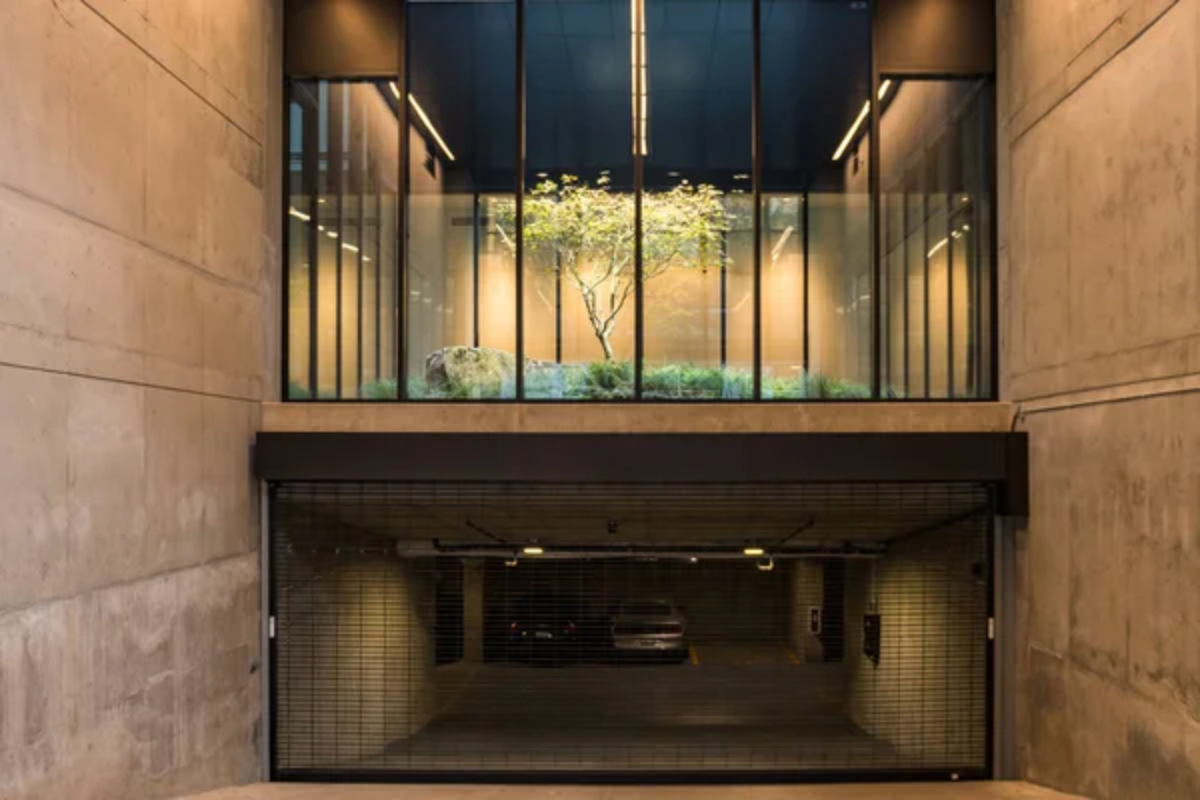
After the Great Fire of 1889, Seattle rebuilt the city one story above the original streets. The old ground level became an underground network of passageways and forgotten storefronts.
Tour guides share fascinating stories about the city’s seedy past while leading visitors through these preserved spaces. The underground passages offer glimpses into life during Seattle’s pioneer days.
Like Travel Pug’s content? Follow us on MSN.
Wieliczka Salt Mine – Krakow, Poland
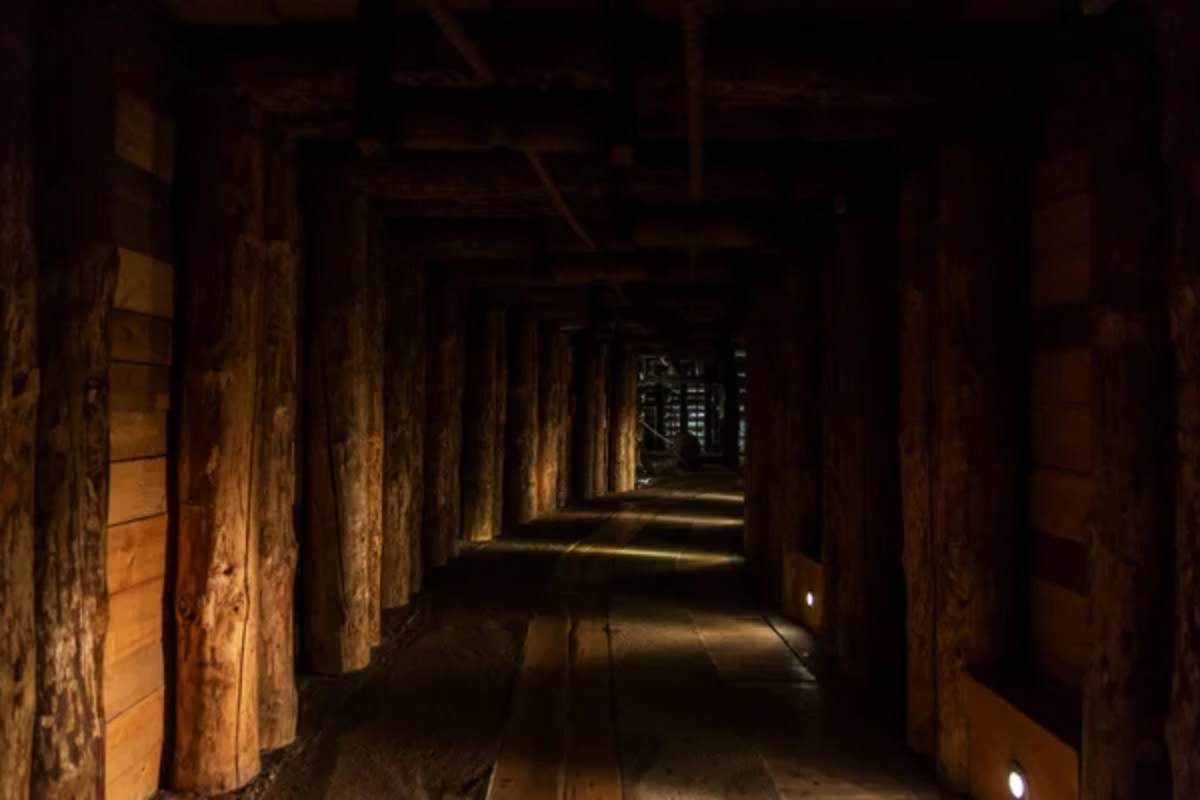
This UNESCO World Heritage site features corridors and chambers carved entirely from salt, including stunning chandeliers made from salt crystals. Miners created elaborate chapels underground, with the crown jewel being the Chapel of St. Kinga, featuring biblical scenes carved into the salt walls.
The mine operated continuously from the 13th century until 2007, making it one of the world’s oldest salt mines. Today, visitors can explore nine levels of mining chambers, chapels, and an underground lake.
Edinburgh Vaults – Edinburgh, Scotland
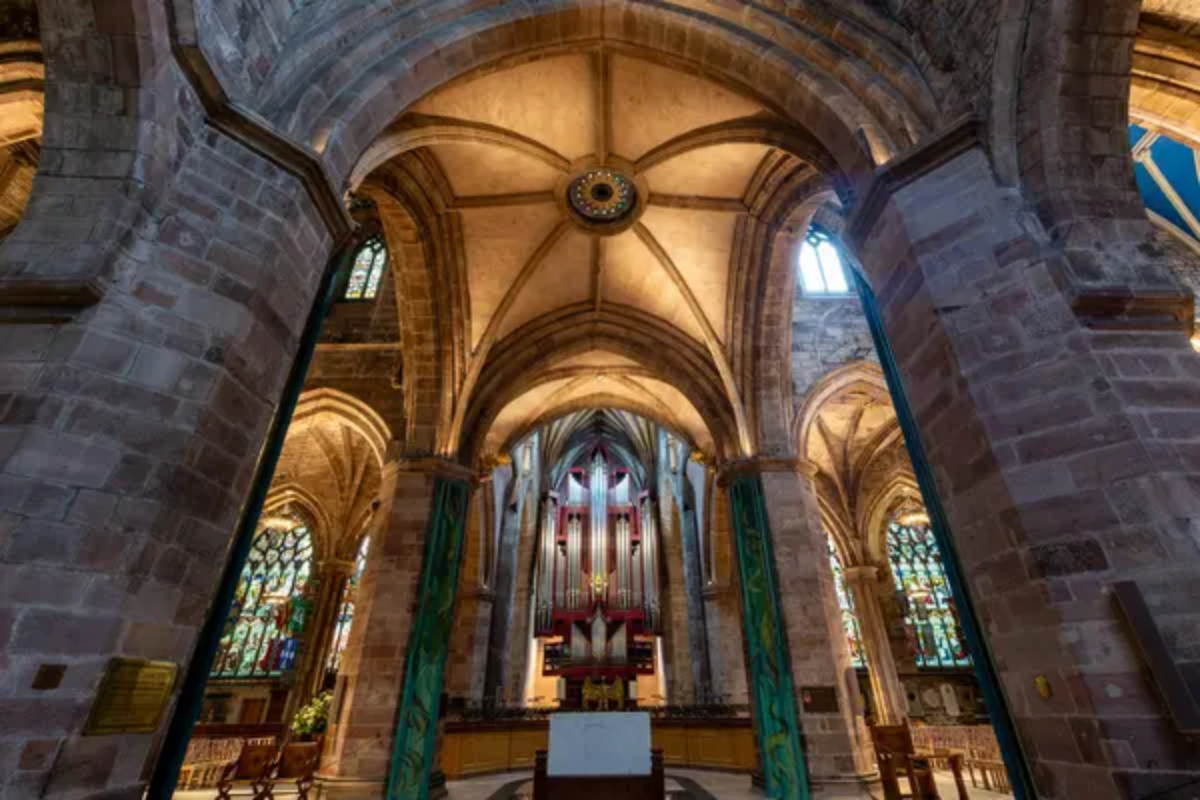
These chambers were built into the arches of South Bridge and once housed taverns, workshops, and storage spaces for Edinburgh’s merchants. When conditions became unbearable due to poor ventilation and dampness, the vaults became home to the city’s poorest residents and various illegal activities.
Ghost hunters and history buffs flock to these spaces for their reported paranormal activity and dark history. Through various guided tours, the vaults offer a glimpse into the city’s less glamorous past.
Moose Jaw Tunnels – Saskatchewan, Canada
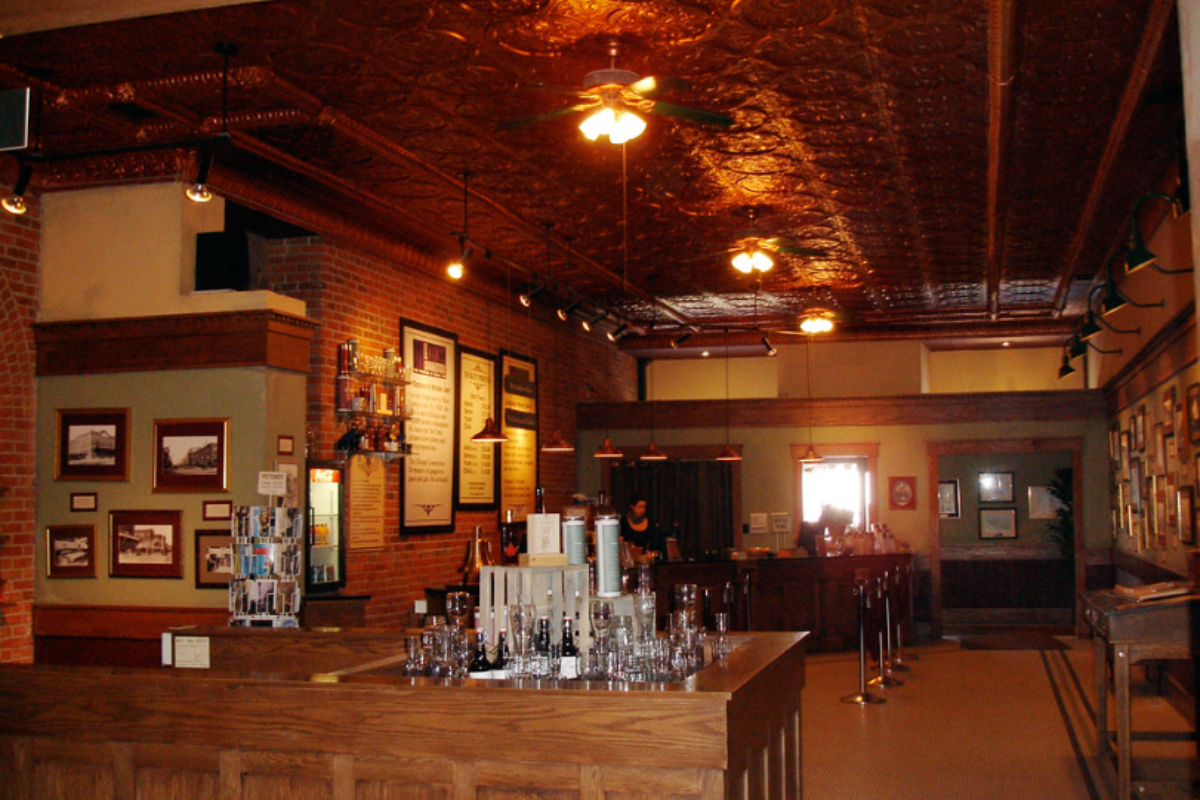
These tunnels gained notoriety during Prohibition when they allegedly served as Al Capone’s liquor smuggling route. Chinese immigrants also used these passages as homes and workplaces while facing discrimination above ground.
Today, theatrical tours recreate both the Chinese immigrant experience and the bootlegging era. The tunnels connect various buildings in downtown Moose Jaw, creating an underground network rich with dramatic history.
Like Travel Pug’s content? Follow us on MSN.
Luxor’s Temple Tunnels – Luxor, Egypt
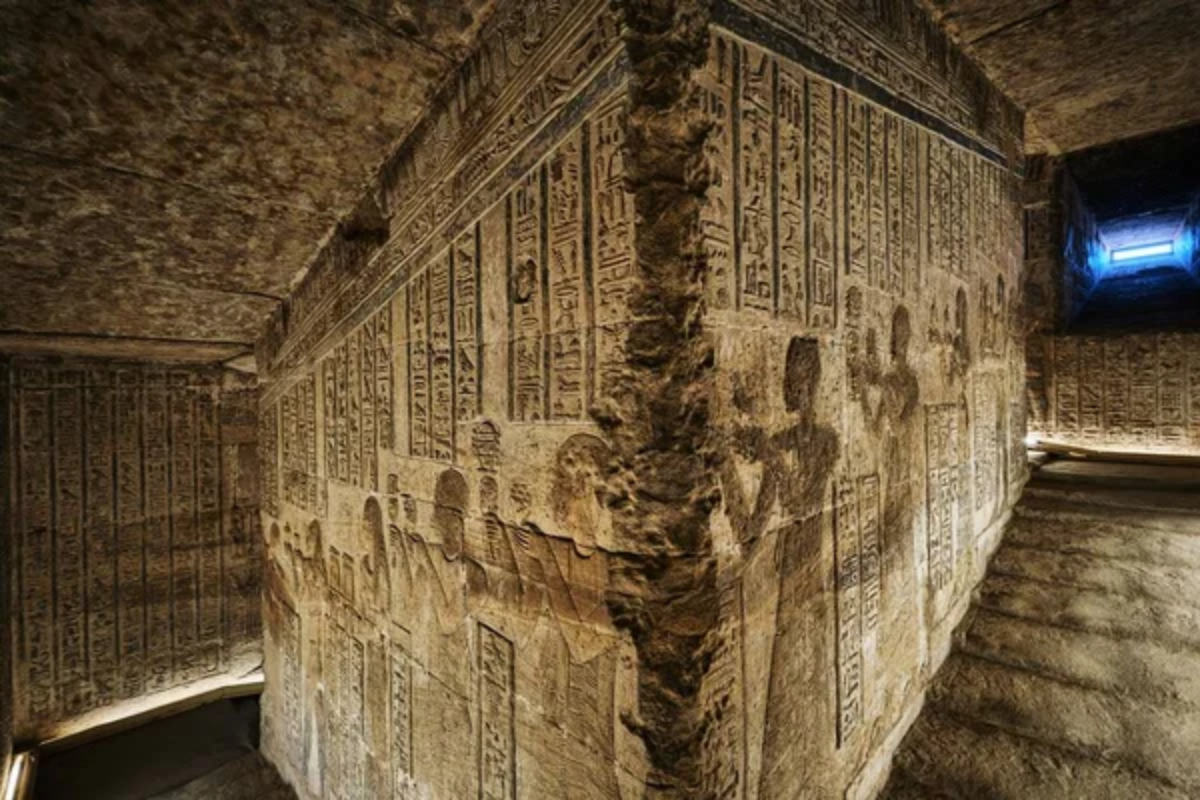
Recent discoveries have revealed an extensive network of tunnels beneath the ancient Temple of Luxor. These passages connect various temples and monuments along the Nile River, showing the advanced engineering skills of ancient Egyptians.
Archaeologists continue to uncover new sections, with some tunnels featuring well-preserved hieroglyphics and religious artwork. Visitors can explore portions of these tunnels, walking the same paths as priests did thousands of years ago.
Basilica Cistern – Istanbul, Turkey
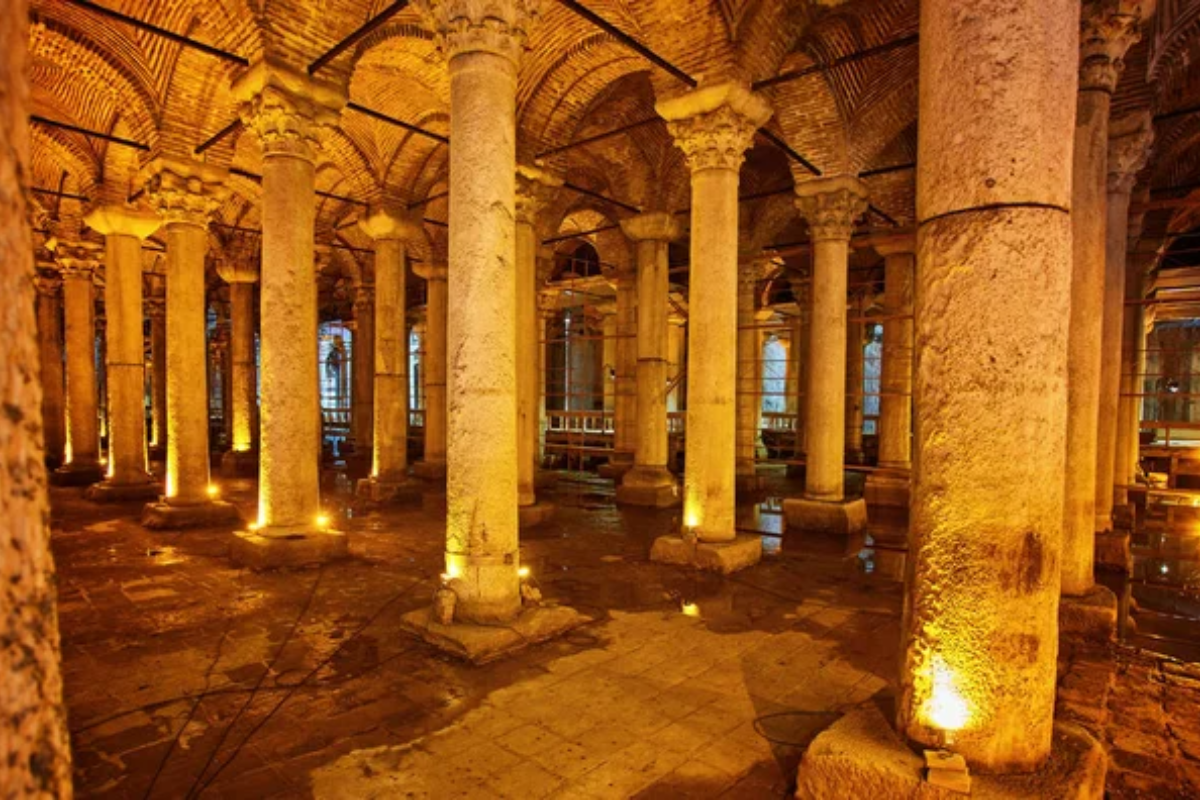
This ancient water storage system features 336 marble columns from dark waters in an eerily beautiful underground chamber. Two mysterious Medusa heads serve as column bases, positioned sideways and upside down for reasons still debated by historians.
The cistern could hold 80,000 cubic meters of water, supplied through 20 miles of aqueducts from a forest outside the city. Modern walkways allow visitors to explore this atmospheric space while classical music echoes off the ancient walls.
Underground City – Montreal, Canada

Montreal’s RESO network connects shopping centers, hotels, and office buildings through 32 miles of climate-controlled tunnels. This underground city serves over 500,000 people daily and offers protection from harsh Canadian winters.
The network includes access to multiple metro stations, making it an integral part of city life. Visitors can shop, dine, and explore without ever stepping outside.
Like Travel Pug’s content? Follow us on MSN.
Capuchin Catacombs – Palermo, Italy
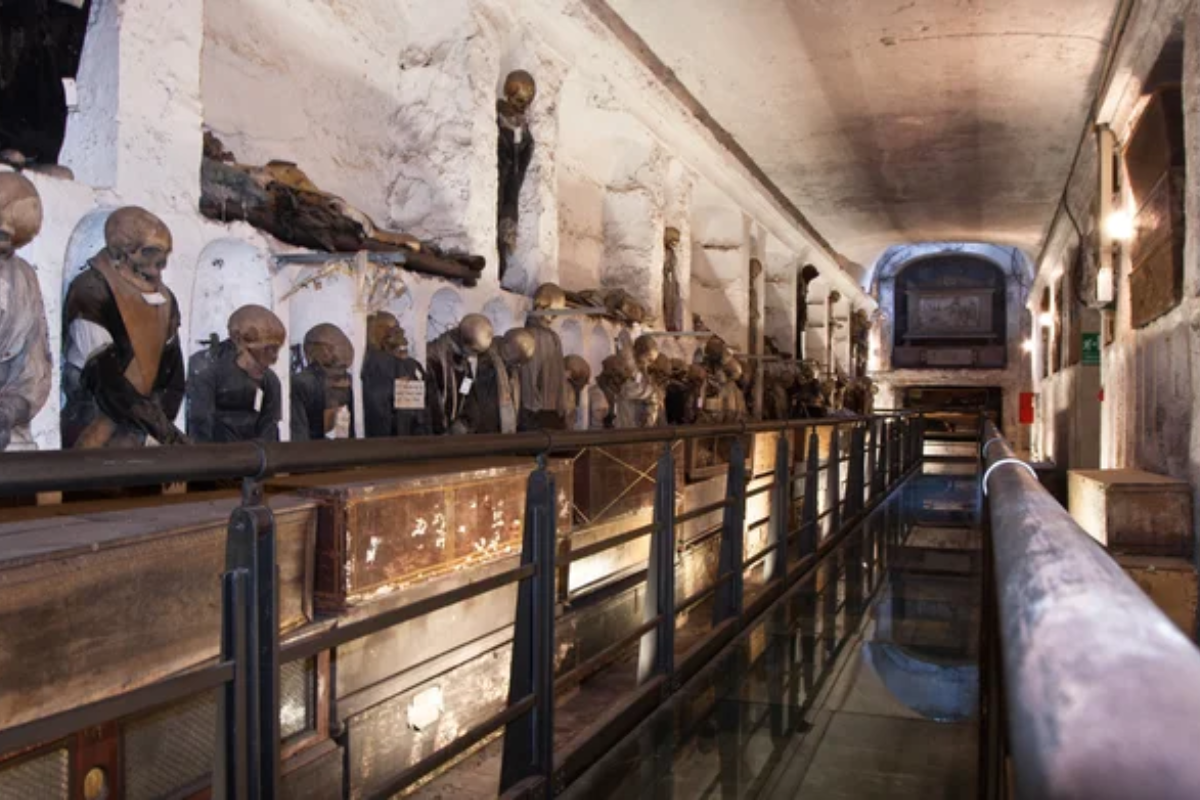
Unlike Paris’s catacombs, these tunnels house nearly 8,000 mummified bodies still wearing their original clothes. The preservation methods used by the Capuchin monks created an eerily well-preserved collection of 16th to 20th-century residents.
Arranged by social status and profession, these mummies offer insights into historical fashion and social structures. The catacombs represent one of the world’s largest and best-preserved collections of mummies.
Beijing Underground City – Beijing, China

This vast tunnel network was built during the Cold War to shelter Beijing’s entire population from nuclear attacks. The underground city includes warehouses, restaurants, schools, and even a roller skating rink.
Though only portions are open to the public, the network allegedly connects key government buildings throughout Beijing. Visitors can explore sections of this fascinating piece of Cold War history.
Kaymakli Underground City – Cappadocia, Turkey
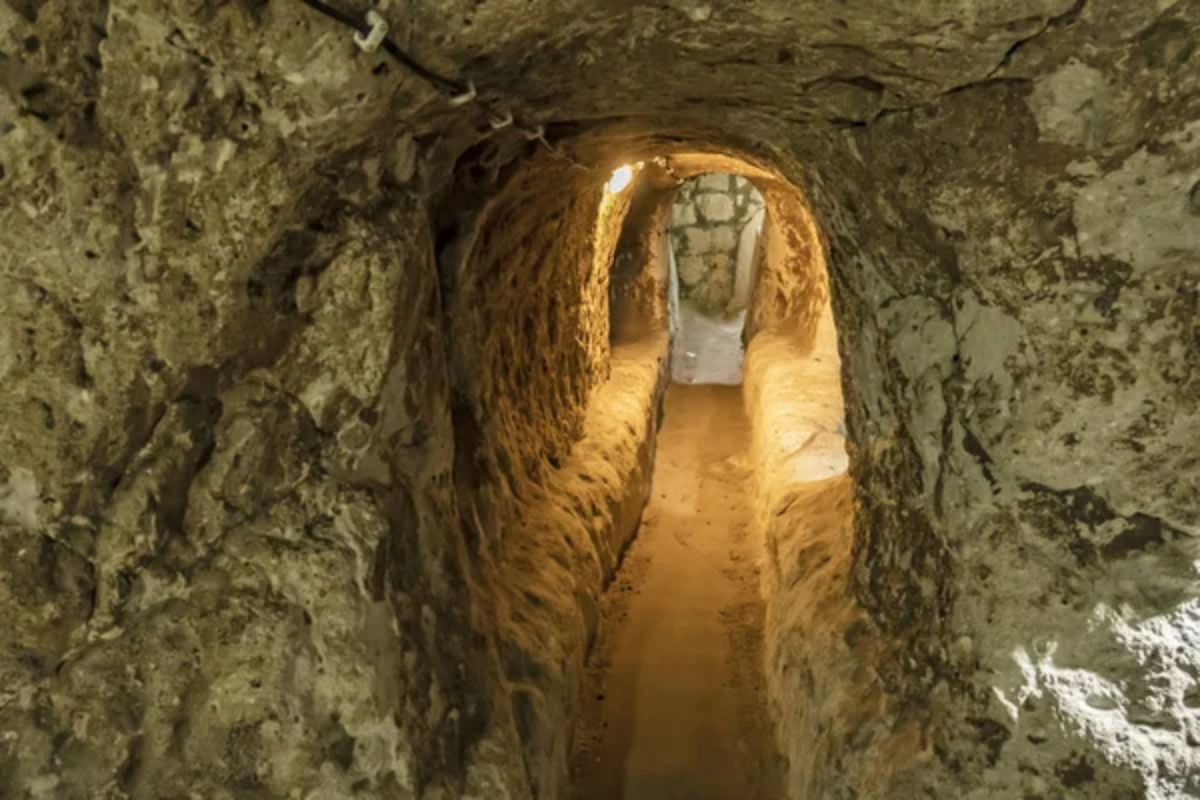
Through its unique architectural design, Kaymakli spreads outward rather than downward, unlike its neighbor Derinkuyu. The city features lower ceilings and narrower passages, creating an intimate experience for modern visitors.
Food storage areas still show evidence of ancient life, with massive stone doors protecting granaries and living spaces. The ventilation system remains so effective that the temperature stays constant year-round.
Like Travel Pug’s content? Follow us on MSN.
Actun Tunichil Muknal Cave – Belize
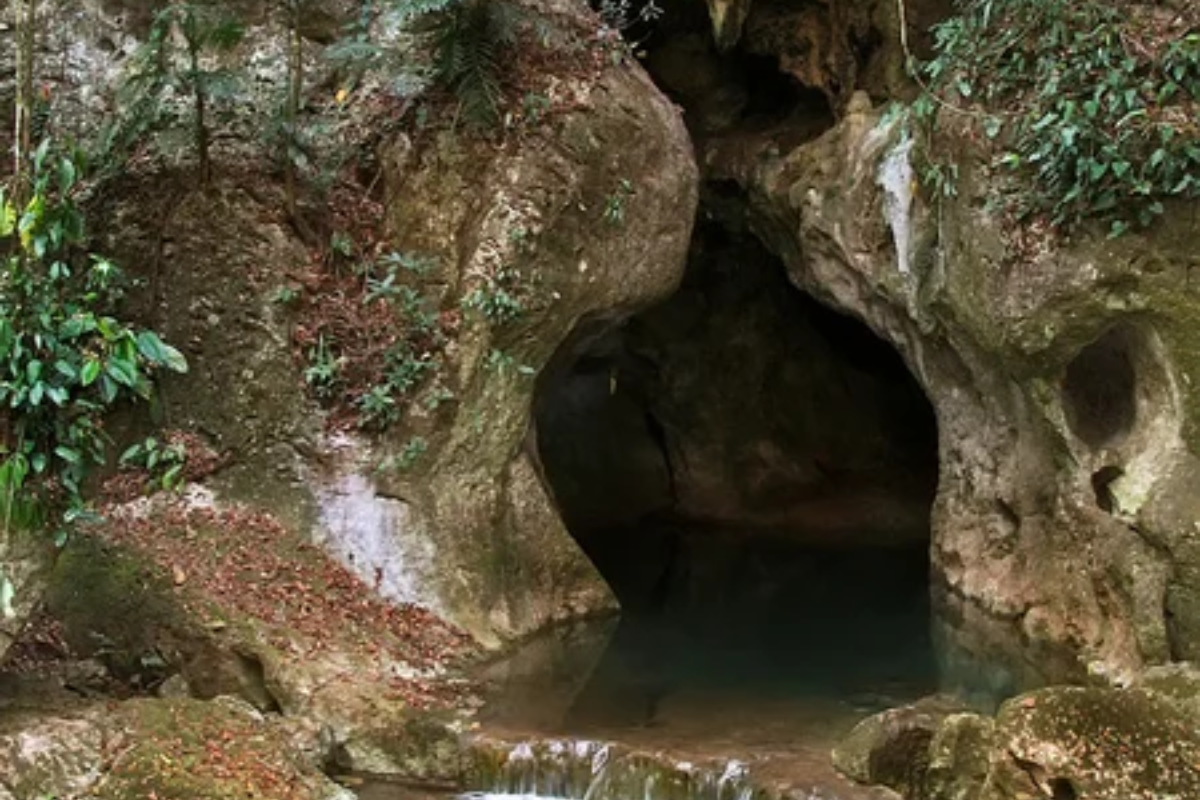
This ancient Maya cave system contains skeletal remains, ceramics, and artifacts left untouched for over 1,000 years. The most famous resident is the Crystal Maiden, a complete skeleton of a teenage girl that has calcified to a sparkling appearance.
Visitors must swim and climb through various chambers to reach the archaeological sites. The cave was a sacred space for Maya rituals, making it a natural wonder and a historical treasure.
Rabbat Underground – Malta
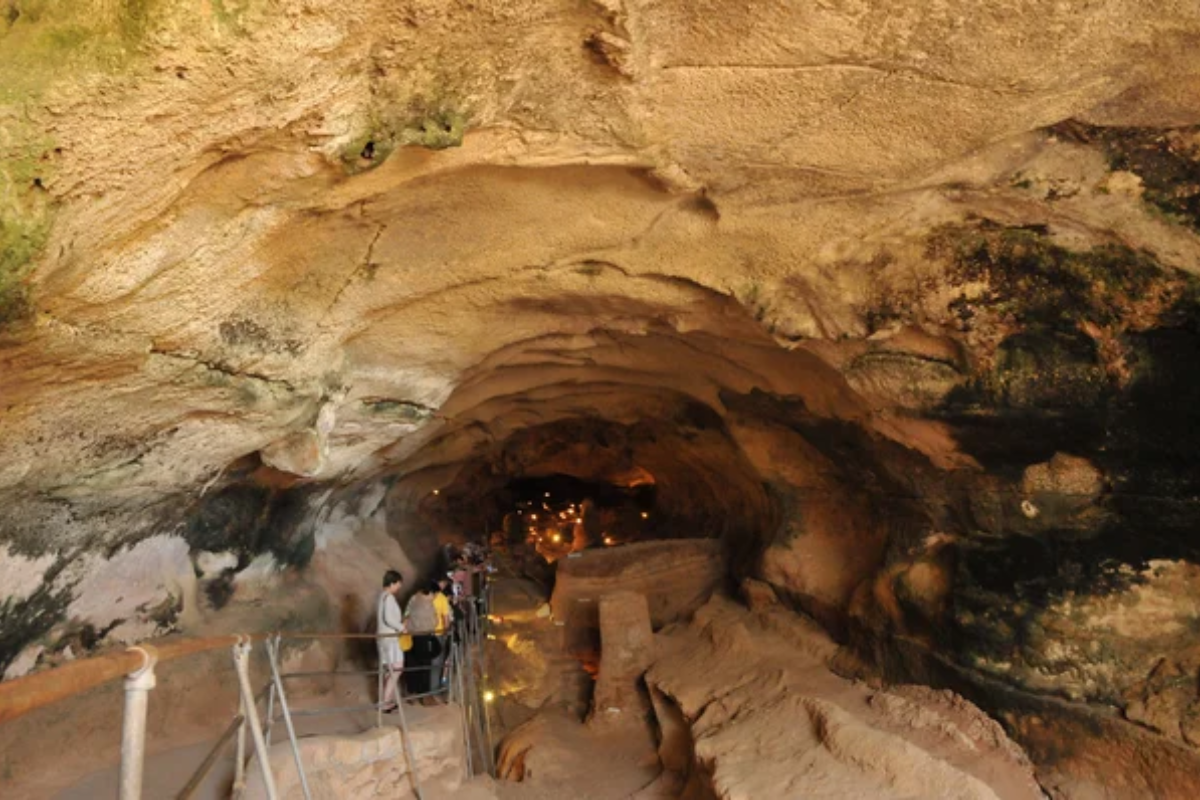
This complex network of tunnels dates back to the Phoenician period and was expanded during World War II. The passages were ancient catacombs and modern air raid shelters, showing centuries of continuous use.
Graffiti from different eras covers the walls, creating a timeline of Malta’s history. Guided tours reveal how these spaces adapted to serve different purposes throughout history.
Pilsen Historical Underground – Czech Republic
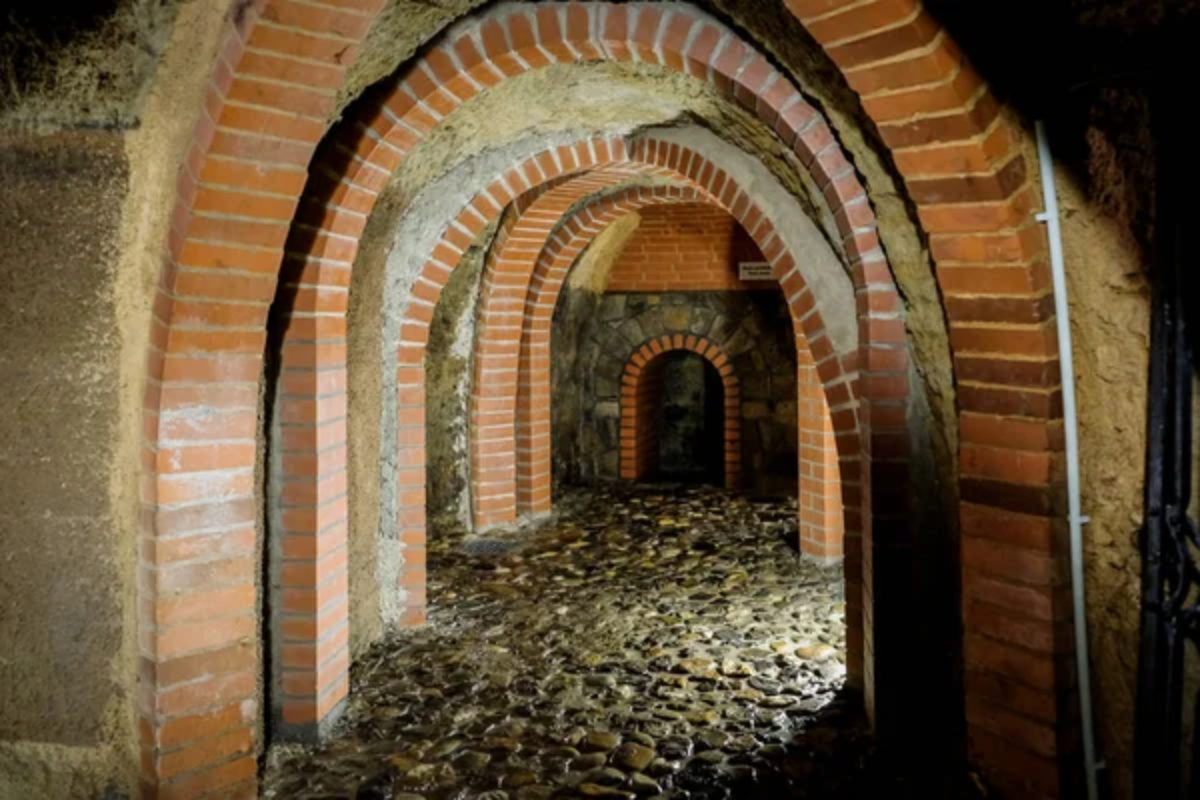
This 13th-century network of cellars and corridors spans three levels beneath the city center. The passages connected breweries, enabling Pilsen’s famous beer-making tradition to flourish.
Medieval food storage systems and water management features remain intact for visitors. The tunnels also helped residents survive numerous sieges throughout history.
Like Travel Pug’s content? Follow us on MSN.
Naples Underground – Italy
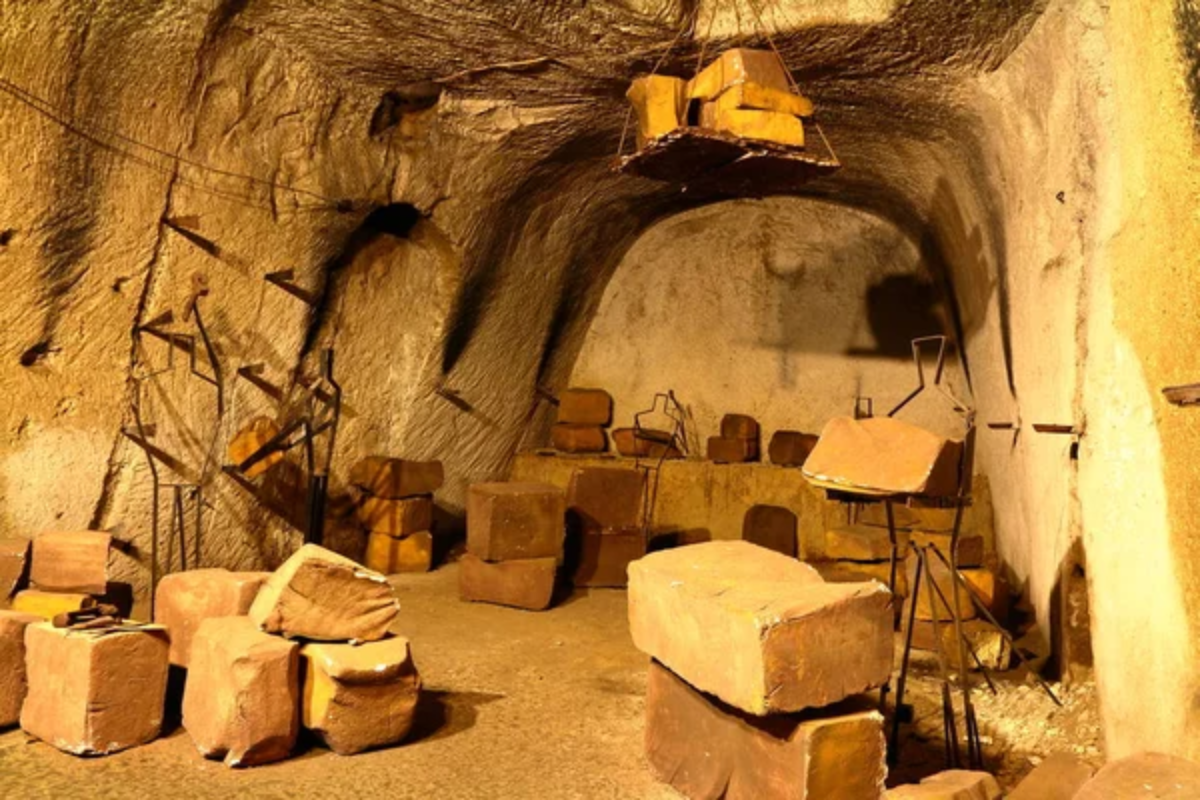
Beneath Naples lies a vast network of Greek and Roman tunnels, later used as World War II shelters. Over their 2,400-year history, these spaces have served as aqueducts, gardens, and even an underground theater.
Visitors can explore narrow passages by candlelight, experiencing the same conditions as ancient residents. The tunnels contain artifacts from every era of Naples’ history, from ancient Greek times to the present.
Forestiere Underground Gardens – California, United States
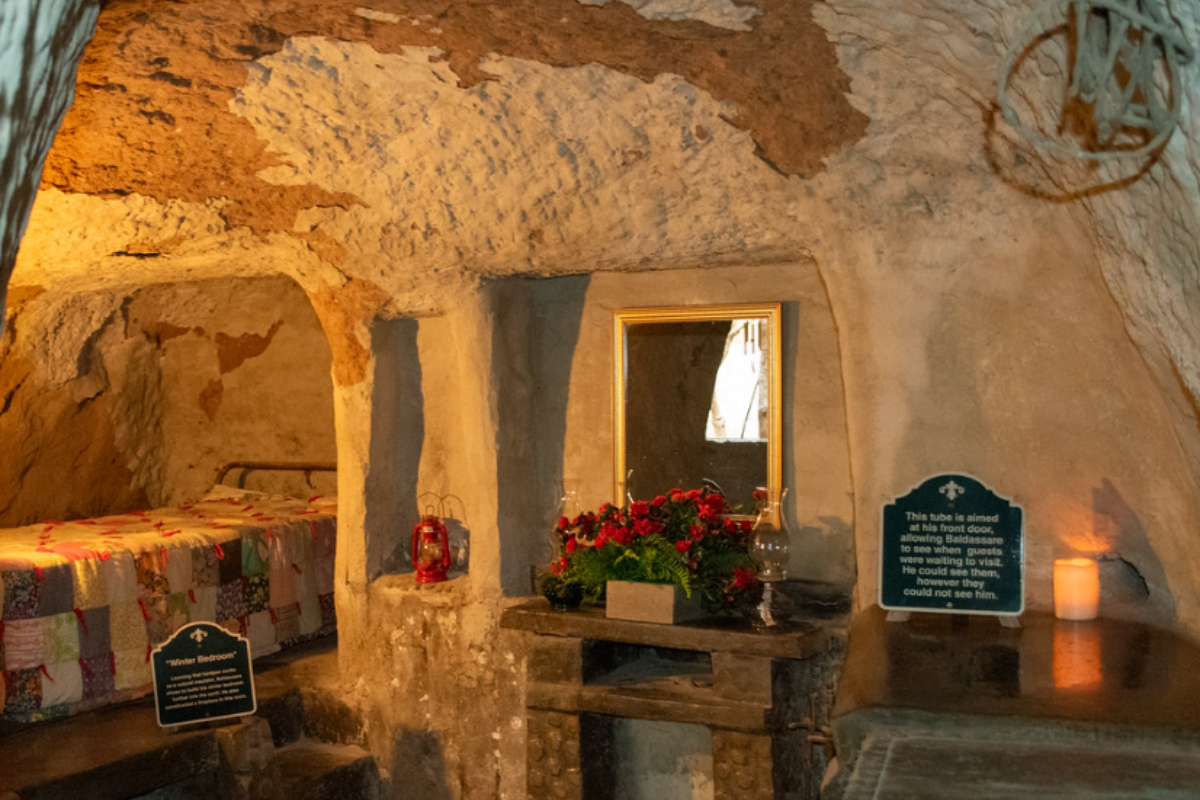
The Sicilian immigrant, Baldassare Forestiere, spent 40 years carving this underground oasis to escape Fresno’s heat. It contains beds, a small kitchen, and patios designed to receive maximum natural light.
Fruit trees and grapevines grow underground through correctly planned light wells. This single unit shows how one person’s vision created such an underground paradise in the California desert.
Zwolle Underground – Netherlands
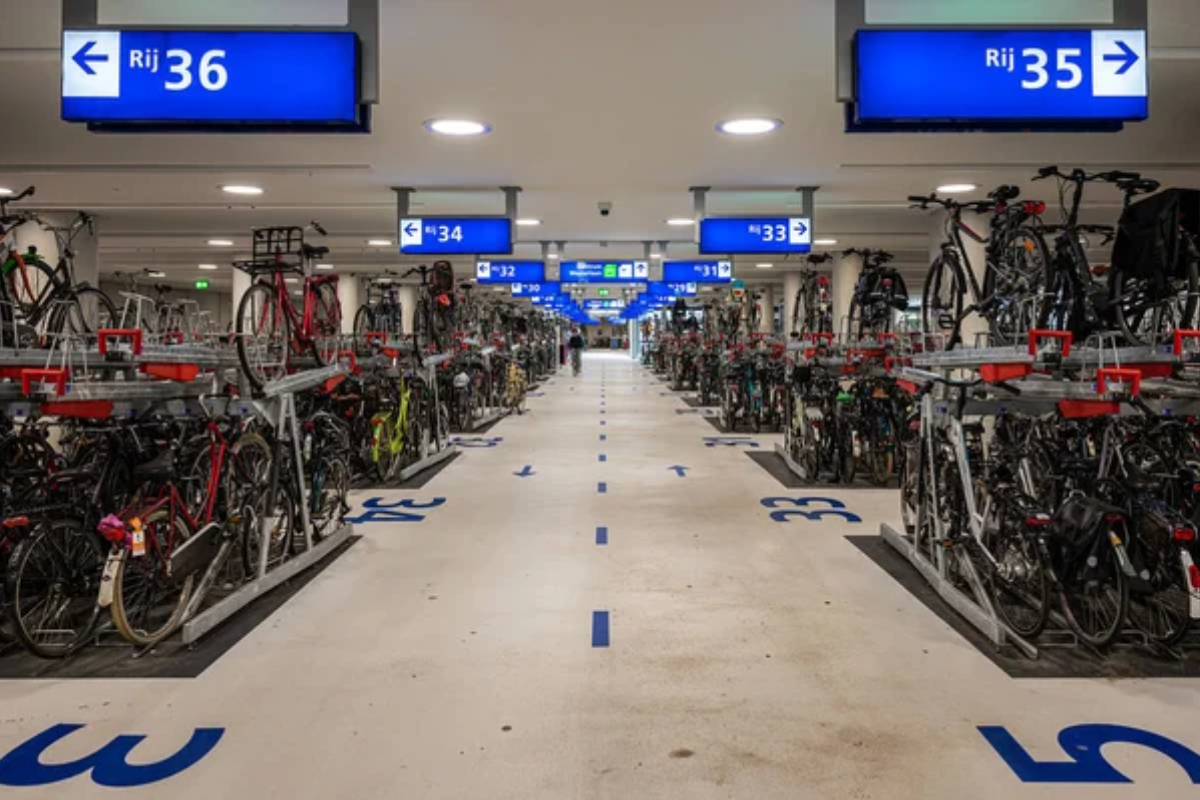
Medieval wine cellars beneath this Dutch city have been linked to a beautiful underground museum. The history in the corridors speaks much about trade and storage in this important Hanseatic League city from days ago.
Brick walls and vaulted ceilings are original, allowing the medieval atmosphere to penetrate. Interactivity throughout tells of these spaces evolving from a simple storage function to wartime bomb shelters during World War II.
Like Travel Pug’s content? Follow us on MSN.
Footsteps Through Time
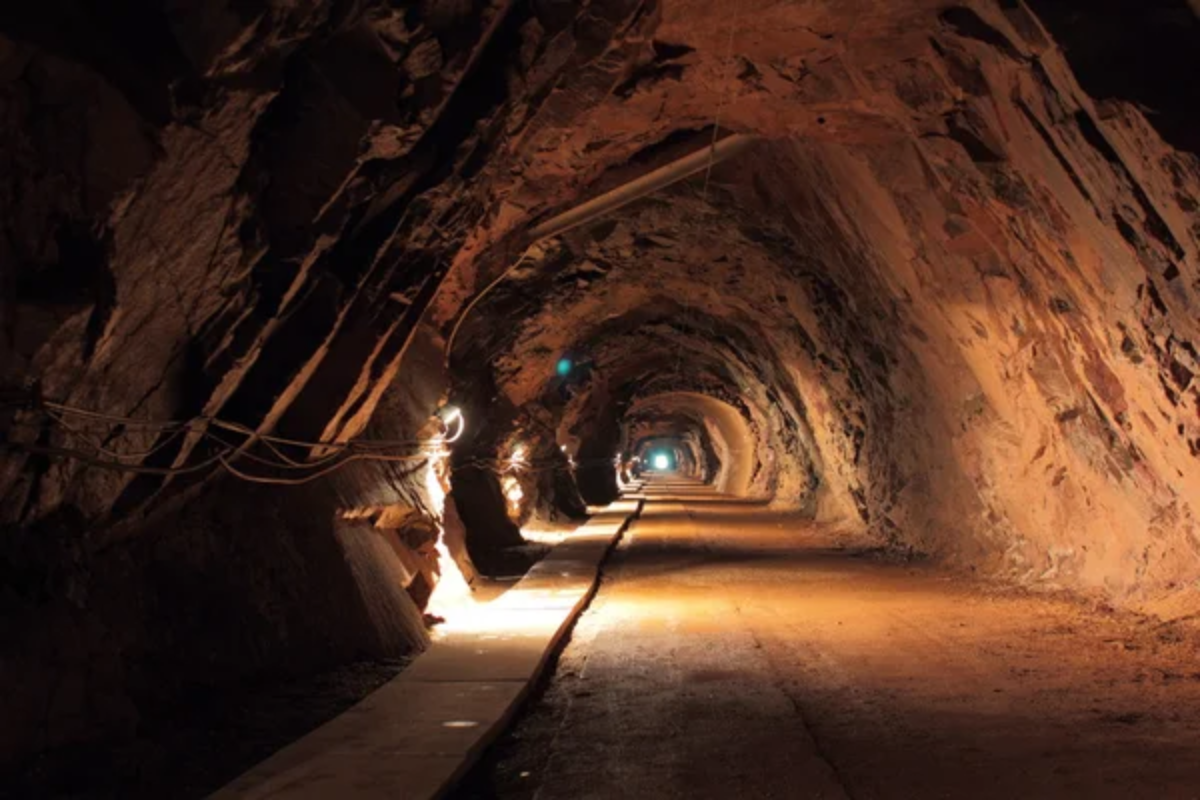
Underground spaces preserve stories that surface structures lose to time and development. Each site, ranging from ancient survival strategies to modern engineering marvels, offers a unique insight into human ingenuity and resilience.
Modern explorers can walk straight into history’s shadows through growing access to these hidden worlds. Whether from the need to survive, a spirit of faith, or even survival instincts, the underground remains attract explorers who continue to unearth new secrets of our shared past.
More from Travel Pug

- 20 Towns Built for One Purpose That Were Later Abandoned
- 15 Hidden Spots in Disney World’s Magic Kingdom Most Visitors Miss
- 15 Most Scenic Walks Anywhere in The World
- 15 Canyons in the U.S. That Are Just as Stunning as the Grand Canyon
- 10 Under-the-Radar Mountain Towns That Are Both Affordable and Beautiful
Like Travel Pug’s content? Follow us on MSN.
